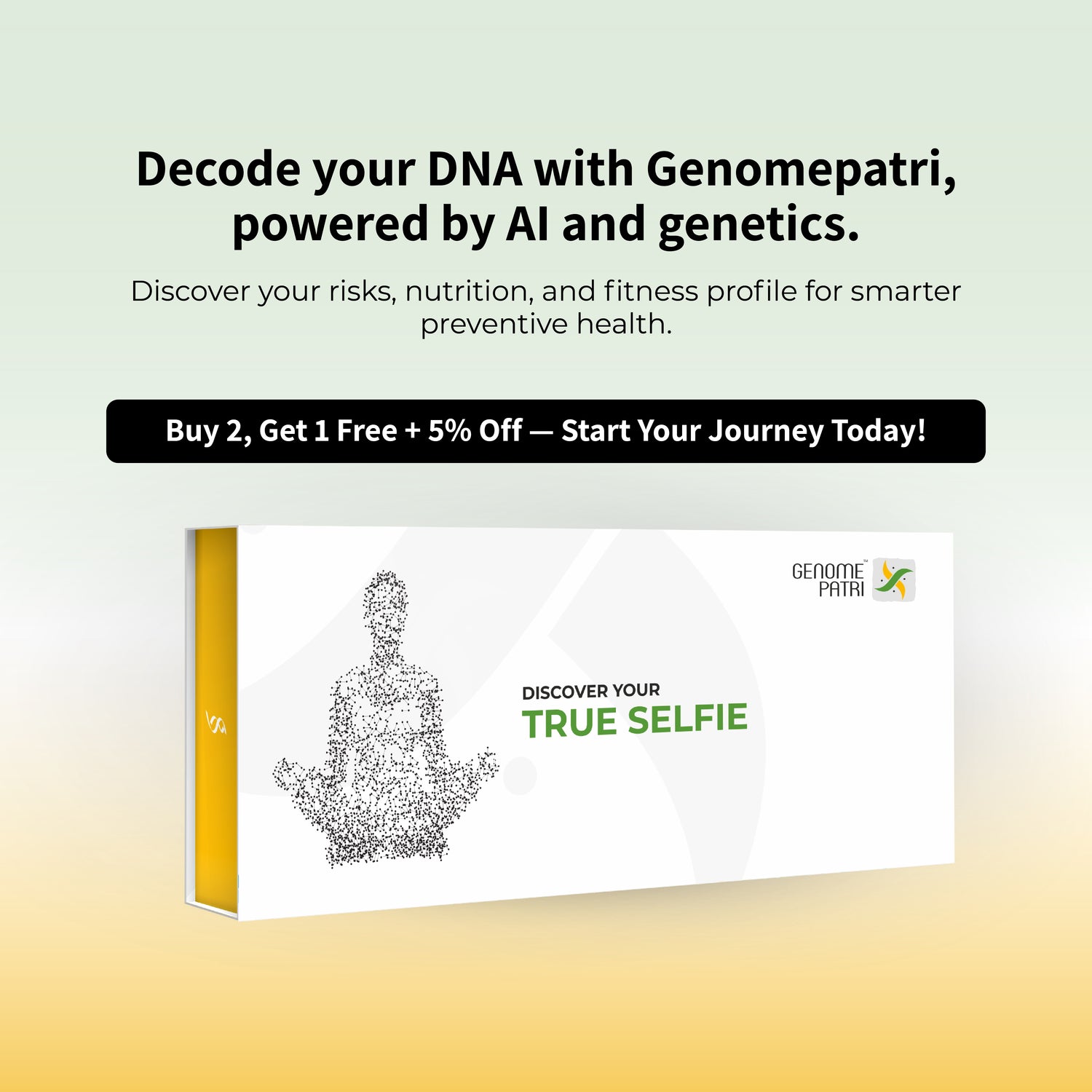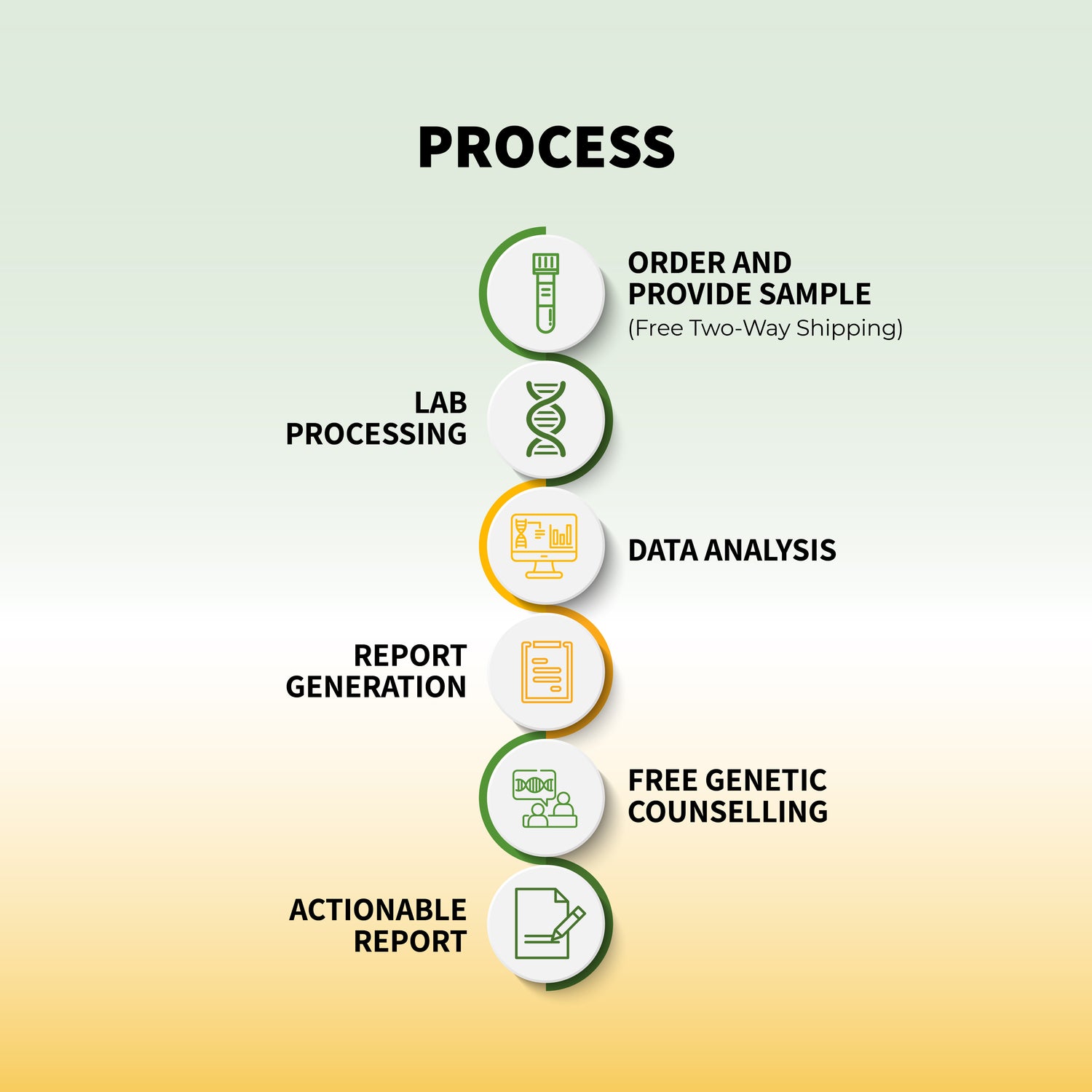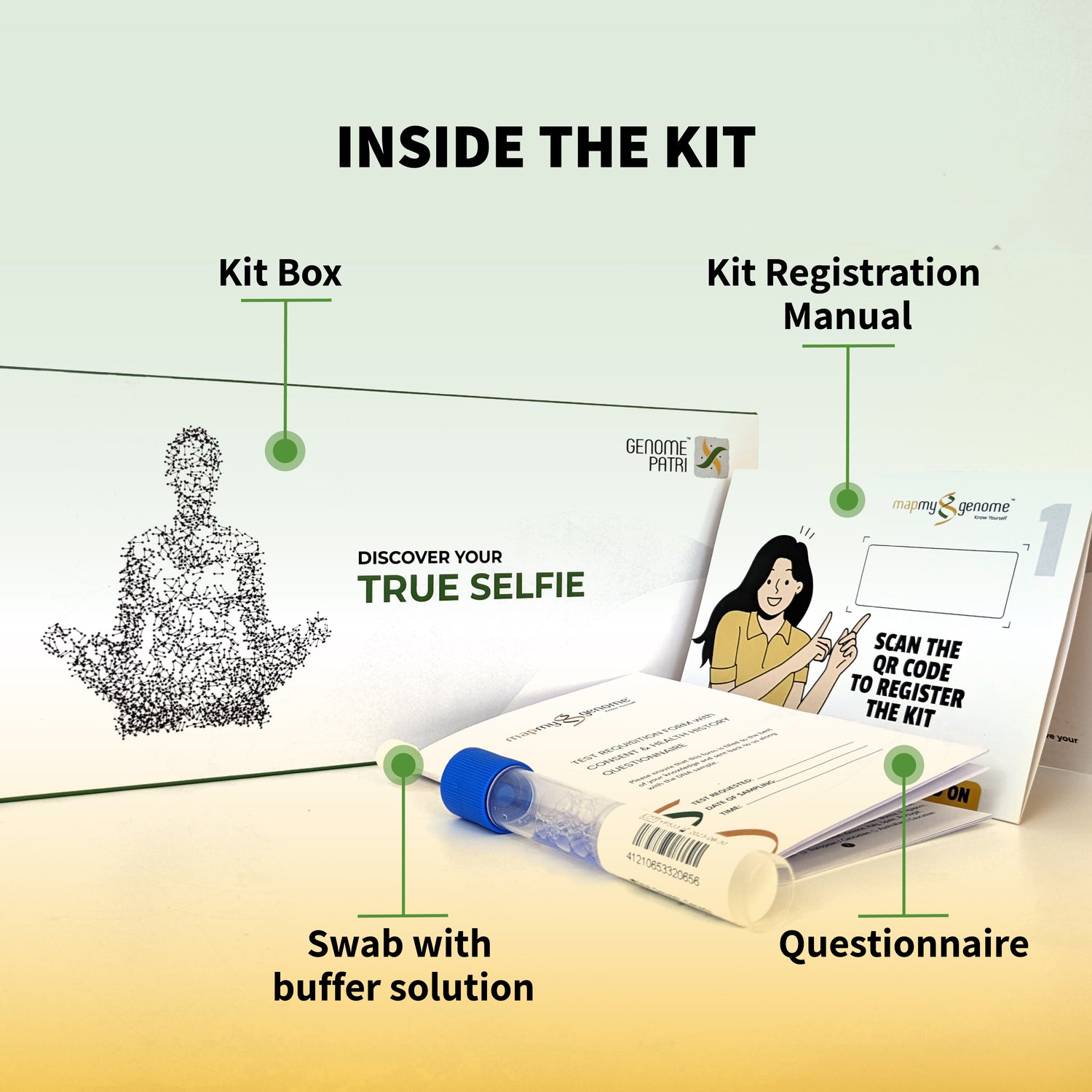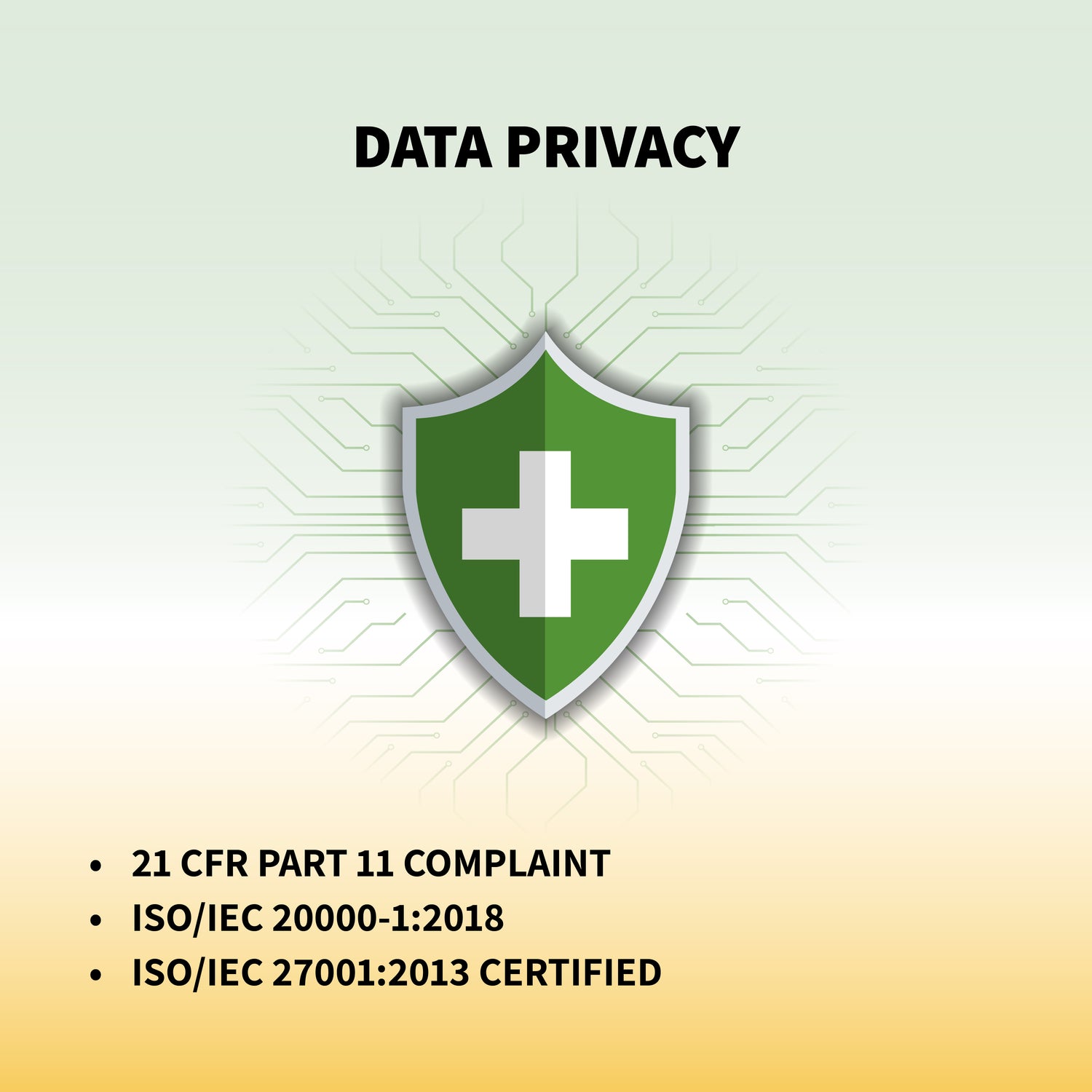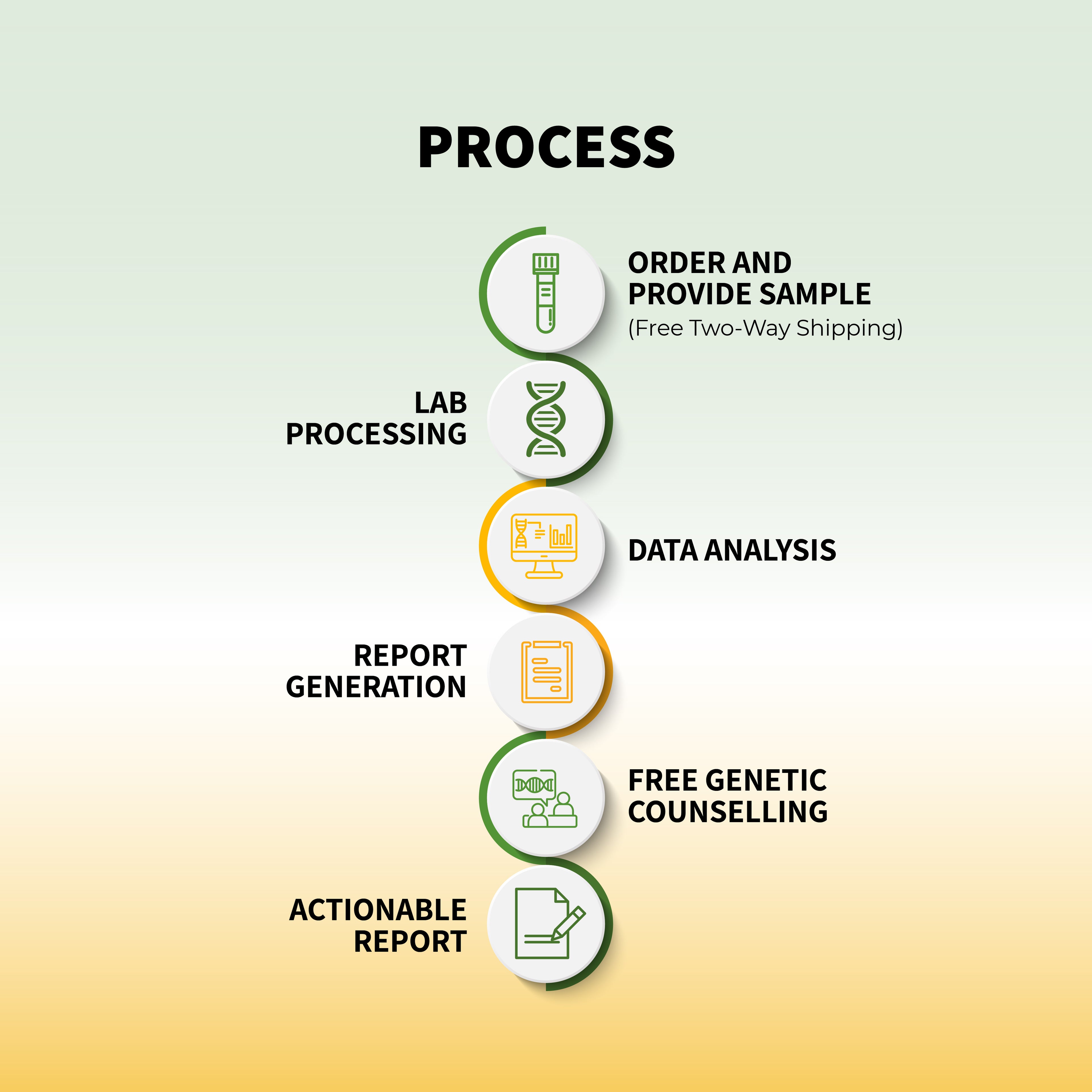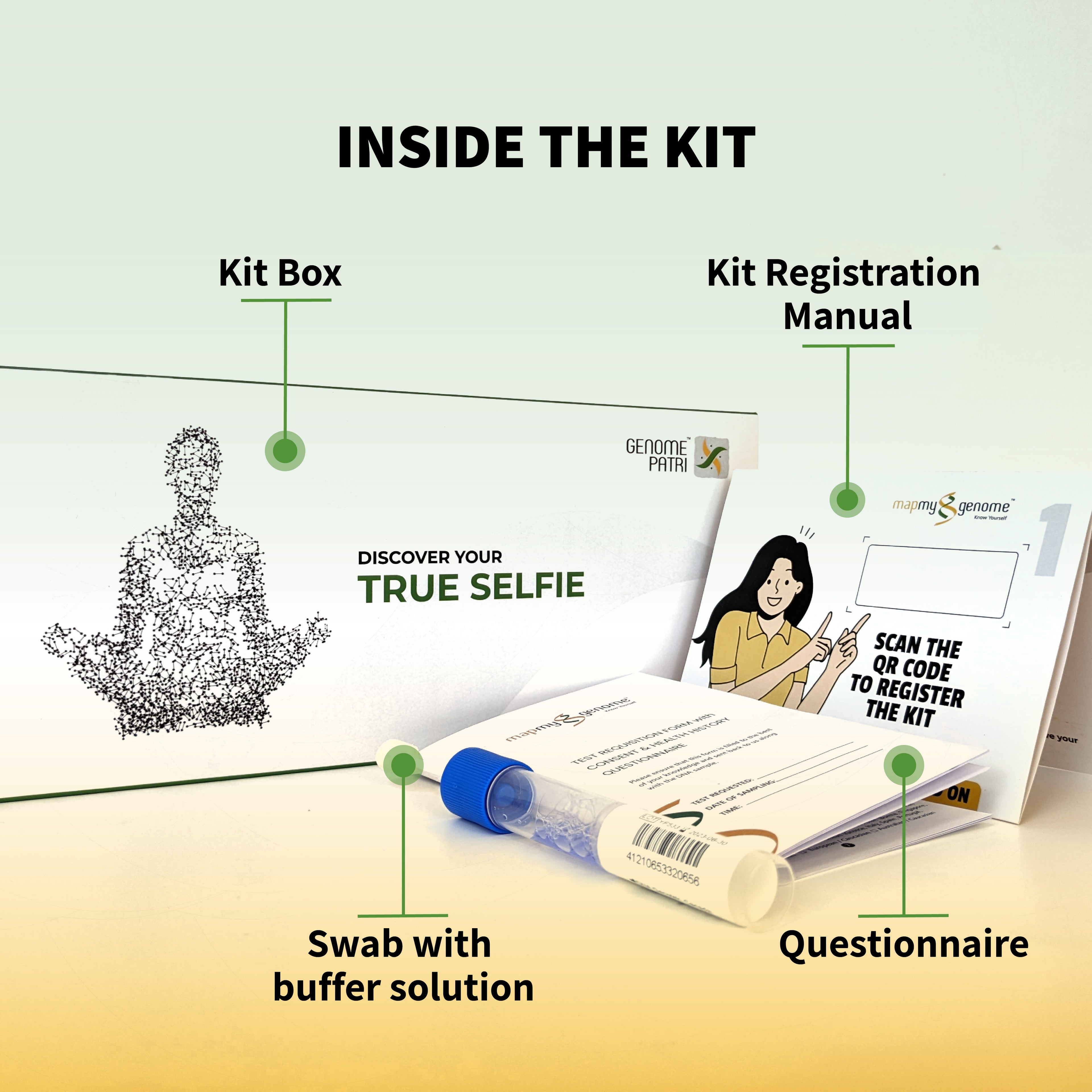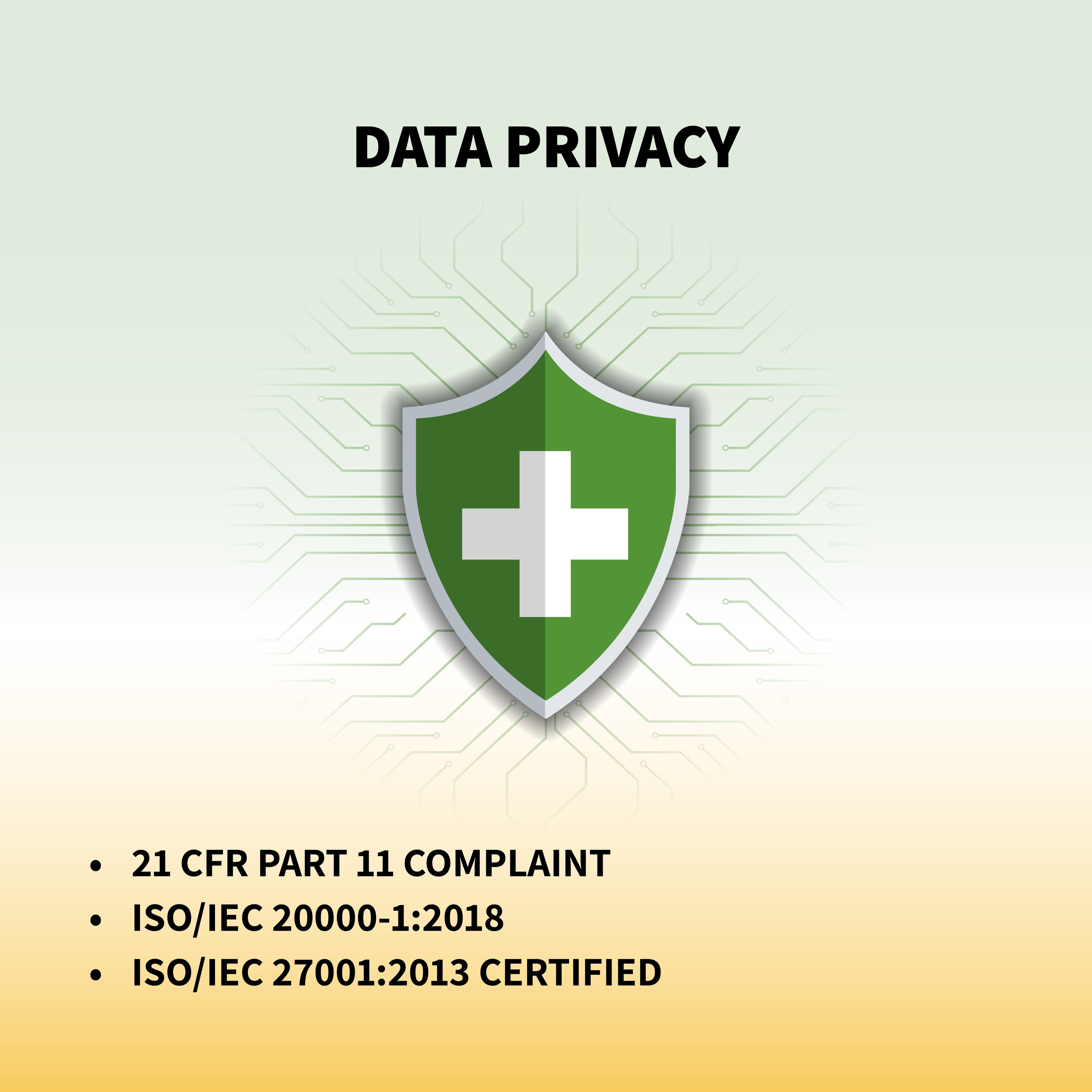Imagine if your company could predict a workplace accident before it happens—or identify employees at risk of burnout early enough to help them. Sounds futuristic, right? Well, thanks to predictive analytics and AI in employee health, this future is already here in India.
In today’s fast-changing work environments, keeping employees safe and healthy is no longer just about helmets and fire drills. It’s about using data, machine learning, and real-time insights to prevent health hazards and boost well-being. This blog explores how predictive analytics is reshaping occupational health and safety in India, why it matters, and what it means for both employees and employers.
What Is Predictive Analytics in Workplace Safety?
Predictive analytics uses data, algorithms, and machine learning to forecast future outcomes based on historical trends. In workplace safety, this means using past injury reports, absenteeism, health records, environmental data, and real-time sensor input to:
-
Identify patterns of risk
-
Predict potential injuries or illness
-
Recommend preventive action
It’s like having a digital safety officer who never sleeps.
Why It’s Crucial for Occupational Health in India
India has a growing workforce across sectors like manufacturing, construction, IT, and healthcare. But the country also reports a high number of work-related injuries and stress-related health issues. Occupational health in India is evolving from reactive approaches (like treating injuries) to proactive strategies.
Here’s why it matters:
1. Large workforce = larger risk exposure
Millions of people work in hazardous or high-stress environments in India, often without proper monitoring tools.
2. Lack of real-time health surveillance
Traditional safety checks can miss early signs of physical or mental strain.
3. Rise in tech adoption
More companies in India are now integrating IoT devices, wearables, and AI tools—making predictive analytics more accessible.
How Predictive Analytics Works in Workplace Safety
Let’s break it down with a simple step-by-step example:
Step 1: Collect Data
From:
-
Wearables (heart rate, fatigue levels)
-
Workplace sensors (air quality, noise, temperature)
-
HR records (absenteeism, job roles, stress complaints)
-
Previous incident reports
Step 2: Analyze for Patterns
AI algorithms spot trends like:
-
Repeated stress claims in one department
-
Higher injury rates during specific shifts
-
Risk of respiratory issues in dusty environments
Step 3: Predict Risks
For example:
-
John may suffer heatstroke based on body temp, heart rate, and weather forecast
-
The welding department is likely to experience a rise in accidents next month
Step 4: Recommend Action
The system could then suggest:
-
Adjusting work hours for John
-
Adding extra breaks
-
Scheduling safety training in the welding zone
Real-Life Examples of Predictive Analytics in India
Manufacturing
Large Indian manufacturing companies are using sensor-based helmets and AI dashboards to monitor fatigue levels in real-time, reducing onsite injuries.
IT/Corporate Offices
AI is helping HR teams track behavioral changes and absenteeism trends, helping prevent mental health breakdowns and work-related stress disorders.
Healthcare
Hospitals use predictive analytics to track fatigue in nurses and doctors, ensuring proper rest cycles and preventing burnout—especially after the COVID-19 pandemic.
Benefits of Predictive Analytics in Occupational Health
1. Early Intervention
Catch problems before they become serious—like fatigue, dehydration, or emotional burnout.
2. Cost Savings
Fewer accidents mean lower insurance premiums, legal costs, and lost productivity.
3. Boosted Employee Morale
Employees feel valued when their health is prioritized using smart tools.
4. Better Compliance
Helps meet occupational health and safety standards laid out by Indian law and global benchmarks.
Challenges in Implementation
While the technology is promising, there are challenges to overcome:
Data Privacy Concerns
Employees might worry about how their health data is being used.
Upfront Costs
Initial setup of wearables and software can be expensive for small and medium businesses.
Lack of Awareness
Many Indian companies are still unaware of the full potential of AI in employee health and safety.
How Indian Companies Can Start Using Predictive Analytics
Here are actionable steps for companies that want to integrate predictive analytics:
Step 1: Start Small
Begin with one department or location. Use a pilot program to test tools like fitness trackers or environmental sensors.
Step 2: Train Your Team
Invest in educating your HR, safety, and IT teams about how predictive analytics works.
Step 3: Integrate Systems
Connect your HR data, safety logs, and health records into a central analytics system for better insights.
Step 4: Ensure Privacy
Use transparent policies and encryption to protect employee data and build trust.
The Future of AI in Employee Health in India
With 5G, IoT, and wearable tech on the rise, the future looks bright for data-driven safety. In the next few years, we could see:
-
Real-time risk dashboards for every team
-
Personalized health alerts for each worker
-
Government policies encouraging AI-based safety tools
As India moves toward a digital economy, smarter workplace health systems won’t just be a luxury—they’ll be essential.
Frequently Asked Questions (FAQs)
What is predictive analytics in workplace safety?
Predictive analytics in workplace safety uses data, AI, and machine learning to forecast potential risks and recommend preventive actions before accidents happen.
How is AI improving occupational health in India?
AI helps by analyzing employee health trends, monitoring workplace conditions in real time, and providing early warnings for stress, fatigue, or injury risks.
Are predictive analytics tools expensive to implement?
While the upfront investment can be high, long-term benefits like reduced accidents, better productivity, and lower health costs outweigh the expenses.
Is employee health data safe?
Yes, companies must follow data protection laws and use secure systems to protect personal health data. Transparency with employees is key.
Can small businesses in India use predictive analytics?
Yes! Small businesses can start with basic wearable tools or low-cost software that tracks attendance, fatigue, or safety incidents.
Conclusion
Predictive analytics is not just a buzzword—it’s the future of occupational health and safety in India. By combining data and AI, we can create safer, smarter, and more compassionate workplaces. Whether you’re a factory manager, an HR leader, or an employee, the shift toward proactive health means everyone wins.



